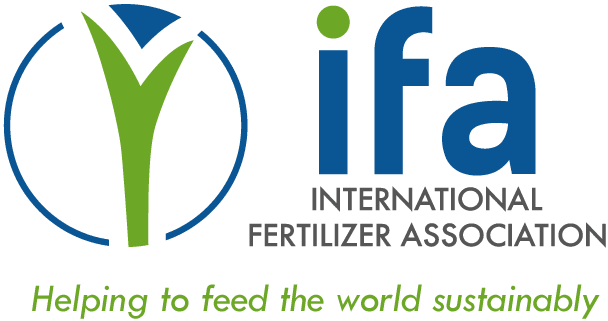IFA Market Intelligence conducts port and farm tour in Brazil
Market analysts conduct most of their daily work from behind a desk. However, for any fertilizer analyst to fully grasp the inner workings of the fertilizer market, research trips and site visits offer unique insights and an unmatched learning opportunity. IFA’s Market Intelligence Service places a strong emphasis on seeing first-hand the way different parts of the market operate, to inform and strengthen our market analysis.
In January 2023, Armelle Gruère, Demand Program Manager in IFA’s Market Intelligence Service had the opportunity to visit a number of operations and farms in Brazil, with the generous organisational support of Yara Brasil. Armelle shares her key observations and learnings from the trip in the following blog post.
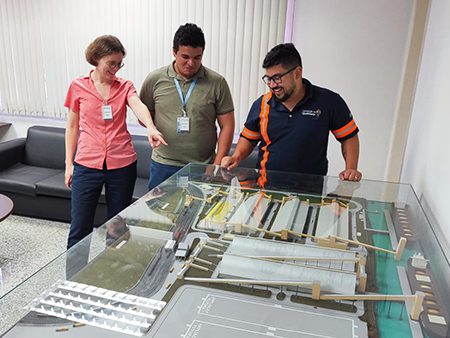
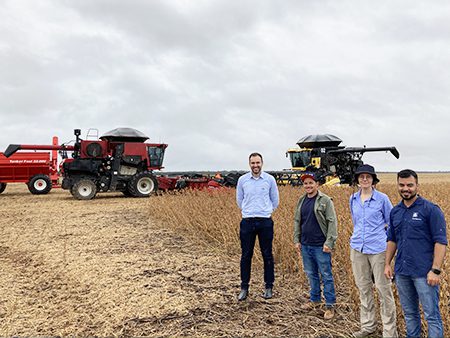
Armelle Gruère, IFA Demand Program Manager:
“In late January I had an amazing opportunity to discover with Yara Brasil two major stages in the transit of fertilizers in Brazil: the port of Santos in the state of Sao Paulo and farms in Mato Grosso.
I visited TERMAG, a private terminal receiving over 3 million tonnes of fertilizers every year from overseas. This accounts for a third of the port of Santos arrivals. At TERMAG, trains arriving from Mato Grosso (MG) discharge their grains, which are loaded on ships. The empty trains are then cleaned and loaded with fertilizers which they carry to Rondonopolis in MG. There, fertilizers move to trucks to be dispatched to warehouses and farms. Between 10,000 and 20,000 t of fertilizers can leave TERMAG every day. I was lucky to visit Santos on a sunny day. When it rains, unloading operations are interrupted!
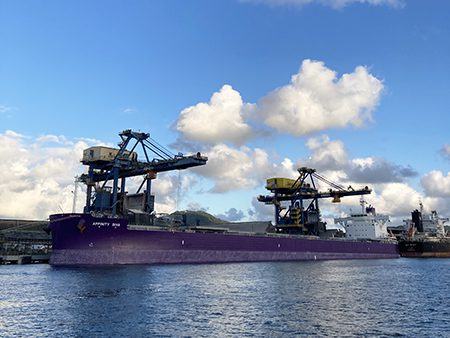
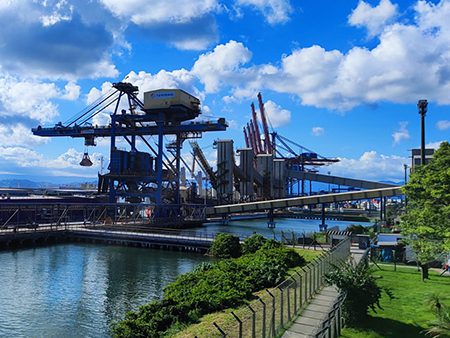
My next stop was in the north of Mato Grosso, where I visited COACEN, a large cooperative owned by 52 family farms. COACEN represents no less than 245,000 ha of soybeans in the first season and 230,000 ha of maize and 10,000 ha of cotton in the second (safrinha) season. All harvested soybeans are exported, but 80% of the harvested maize is used for domestic ethanol production. Every year, COACEN buys 150,000 to 160,000 tonnes of fertilizers for soybeans and 120,000 tonnes for maize. A quick calculation indicates that this cooperative consumes around 100,000 tonnes of nutrients every year – more than many countries. Fertilizers are usually bought one year before planting, sometimes even earlier.
The same day I visited the fazenda Santa Anastácia, which belongs to the Bedin family, one of COACEN’s founding members. There I saw the largest soybean fields I had seen in my life, tended with very impressive equipment. I arrived right in the middle of the soybean harvest, which was quickly followed by maize planting and fertilization. A green forest provided a beautiful background to the soybean fields: farmers in Mato Grosso preserve forests over half of their farm area.
I also met with Rogerio Pivetta Ferrarin, the Executive Director of GGF. GGF owns 140 000 ha divided into 13 production units. Soybeans are cultivated over 75,000 ha, followed by maize; preserved forests occupy another 80,000 ha.
I had heard about the scale and the level of modernization of Mato Grosso farms but seeing it for real was different. In both farms, productivity goes hand in hand with sustainability. Precision farming is key. The soil is frequently analyzed in order to match crop nutrition with soil health. New technologies are routinely tested and adopted. All the electricity on these two operations is generated by solar panels. Fertilizer purchases are planned early, but farmers do not hesitate to adapt the products to match their changing needs.”
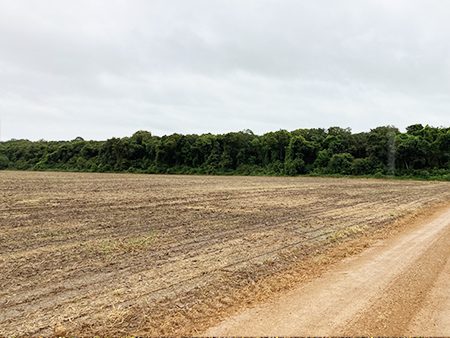
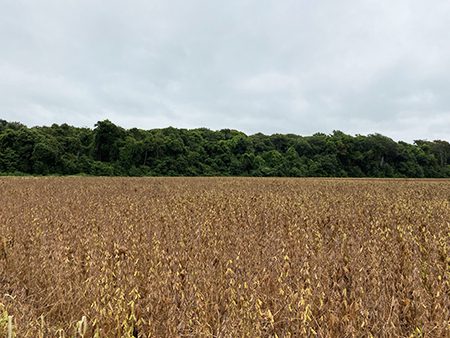
We would like to reiterate our huge thanks to the team at Yara Brasil for facilitating these visits and we look forward to reporting findings of future research trips around the world.

